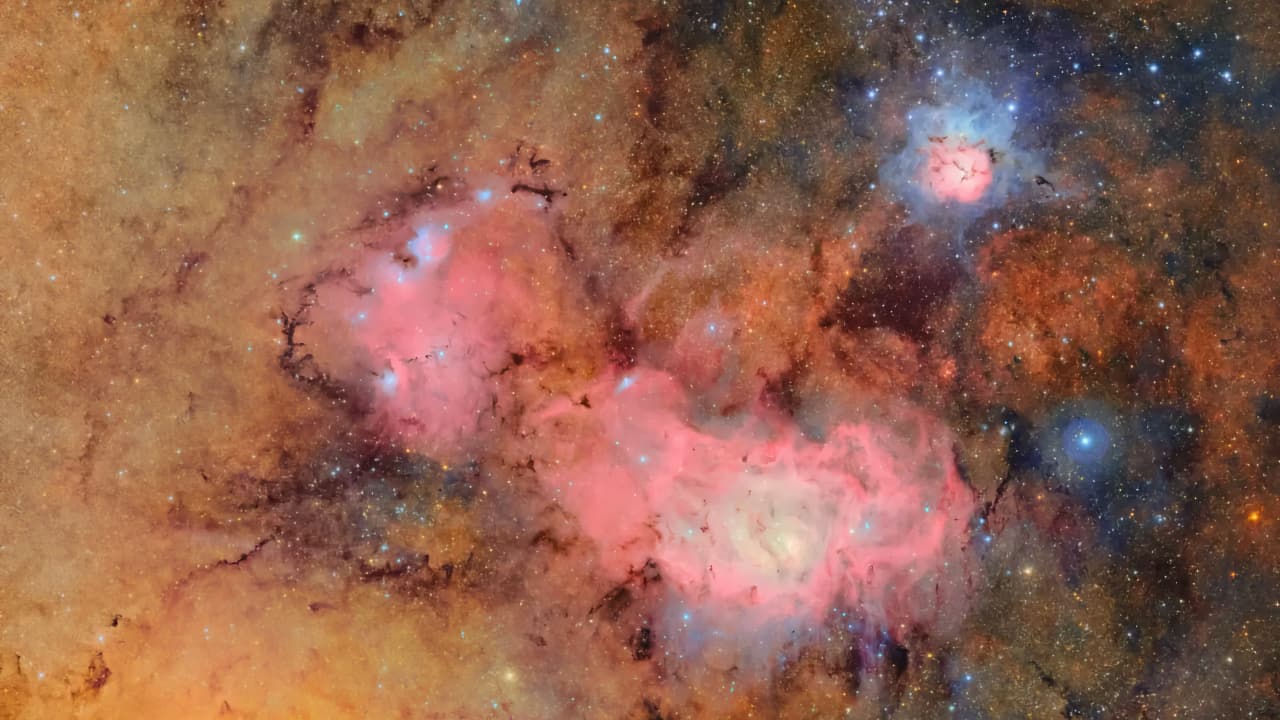
The first images from the 3200 megapixel Vera C Rubin Observatory camera are released today in a live stream in YouTube and, judging from the teaser images so far, the pictures from the world's largest digital camera are going to be astonishing.
Perched on top of the Cerro Pachón mountain in the Chilean Andes, the Vera C Rubin Observatory is the sort of joint project of the US National Science Foundation (NSF) and the Department of Energy's Office of Science that would probably have been cancelled in the current political climate. However, it broke ground on its site in 2014, and just a year behind schedule, has just released its first images.
They have all been taken by the enormous 32OO megapixel Legacy Survey of Space and Time (LSST) camera mounted on the Rubin Observatory’s 8.4-meter Simonyi Survey Telescope telescope. Built by Ball Aerospace and Arizona Optical Systems in 2019, the camera features a 1.57 metre (5.15 feet) lens that sits in front of an array of 189 CCDs operating at a cooled -100℃ to reduce noise. It measures 1.65 x 3 metres (5.41 x 9.84 feet), and weighs 2800 kg (2.76 tons).
And yes, it is officially the largest digital camera ever made. The 'digital' qualification is necessary because someone once made a pinhole camera from an airplane hanger.
According to the astronomers operating the LSST, it provides the sort of resolution that will enable you to capture a golf ball on the Moon. Alan Shepherd left two up there in 1971, so we look forward to someone booking the telescope time to prove that....
The main image above is the first we've got to see of its output and just hints at what is to come. It shows the stellar nurseries of the Triffid Nebula top right and the vast cloud of interstellar gas and dust that is the Lagoon Nebula centre. It was composited from 678 different pictures taken over a seven hour period.
The image below, meanwhile, is a close-up of the Virgo cluster and shows a ridiculous amount of information including three merging galaxies in the top right, two classic spiral galaxies below them, and more. The Rubin Observatory team reckons that in its first year of operation alone, the amount of data gathered will be greater than that collected by all other optical observatories combined. It's certainly making a spectacular start.

The Virgo Cluster. Pic: NSF-DOE Vera C. Rubin Observatory
Tags: Technology Space astronomy


Comments